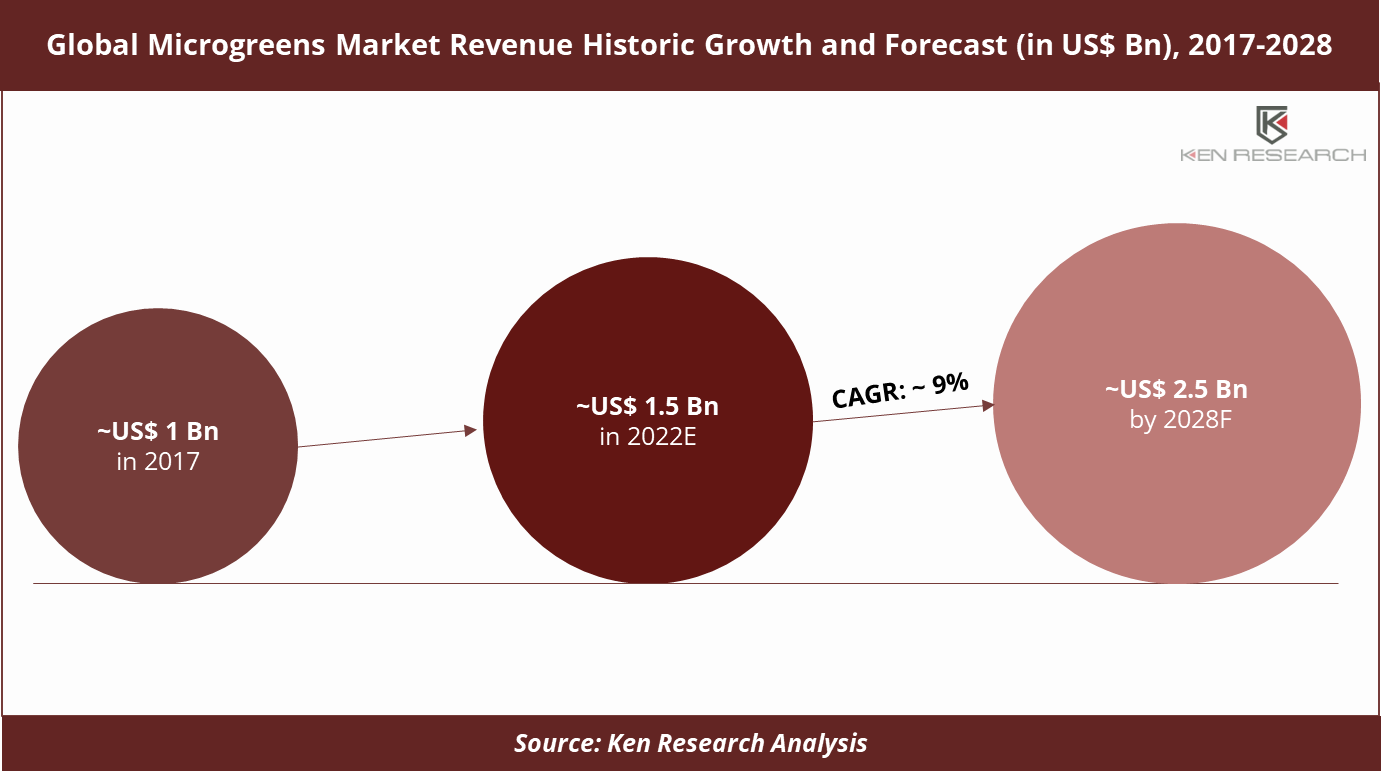Focus On Embracing Digitization, New Government Policies under Vision 2030 and Entry of Women in the market are major factors contributing towards development of Car Financing in KSA.
Growth of Online Platforms: The last decade has witnessed the entry of various online auto classified platforms in the country such as Carnab and Motary. The internet penetration in the Kingdom stood at ~98% in January 2021, highlighting the growing presence of consumers online. The traction towards online platforms has led to banks, finance companies and car brands listing their fleet online along with the option to start loan application online. This improves the car selection process for consumers by saving time.

Increasing demand for Used & New Cars in KSA: Sales of cars are projected to increase from 475.8 thousand in 2021 to 540.7 thousand by 2026. Governments focus on shifting towards EV cars are also boosting the sale of cars; leading to increasing car financing in KSA. With the increasing number of women drivers in KSA and increasing car prices, people are shifting their preferences towards buying pre-owned cars. This is a major growth driver of the industry, as the interest rates for used car financing are higher than new car financing.
Business Model: Traditional business models need to change and evolve with changing market trends. Large retail showrooms incur high overhead costs, like rentals and staff, hence needing new distribution models as car volumes continue to decline. Cost control will be critical in the short term.
COVID affecting Market Growth: COVID has impacted the production in the market. Car manufacturers underestimated the demand and couldn’t accurately predict the vehicles demand in the future and hence miscalculated the production requirements. Also, the lack of supply of vehicles was pronounced even more due to a global shortage of semiconductors chips. The semiconductor chip shortage is expected to cost the global automotive industry $110 billion in revenue in 2021.
Analysts at Ken Research in their latest publication “KSA Car Finance Market Outlook to 2026F- Driven by Women Entering the Market, Increasing Employment Opportunities in the Kingdom” by Ken Research observed that KSA Car Finance Market is in the growing phase. Enhancing Service Offerings, collaborations with partners, expand pipeline with predictive analysis and getting in front of prospects through AI are some of the factors that will contributed to the KSA Car Finance market growth over the period of 2021-2026F. It is expected that KSA Car Finance Market will grow at a CAGR of 11.7% for the above forecasted period.
Key Segments Covered in the report
KSA Car Finance Market
- By Type of Vehicle Financing
- New car financing
- Used car financing
- By Type of Car Financed
- Hatchbacks
- Sedans
- Sports Utility Vehicle
- Multi-Purpose Vehicle
- By Price
- High (500,000+)
- Medium (200k-500k)
- Low (below 200K)
- By Type of Institution
- Banks
- NBFC's
- Captives
- By Tenure of Loans
- <2 years
- 3-4 years
- 4-5 years
- By Major Cities
- Riyadh
- Jeddah
- Dammam
- Others
- By Booking Mode
- Online
- Offline
Get the Free Sample Report @ https://www.kenresearch.com/sample-report.php?Frmdetails=NTk2MTg5
Key Target Audience
- Banks and its Subsidiaries
- NBFCs
- Captive Finance Companies
- Government and Institutions
- Automobile Companies
- Car Dealers
- Government and Institutions
- Existing Car Finance Companies
- OEM Dealerships
- New Market Entrants
- Investors
- Auto mobile Associations
Time Period Captured in the Report:
- Historical Period: 2017-2021
- Base Period: 2021
- Forecast Period: 2022-2026F
Companies Covered:
Banks
- Al Rajhi Bank
- Riyad Bank
- Al Jazeera Bank
- Alinma Bank
- Arab National Bank
NBFC’s
- Al Yusr Leasing and Financing
- Al Amthal Financing Company
- National Finance House
- Tajeer Finance
- National Finance Company
- Murabaha Marina Finance Company
OEM’s
- Abdul Latif Jameel United Finance Co. (Toyota Distributor)
- ALJABR FINANCE (KIA Distributor)
- Walan finance company (hyundai)
- Geely Finance (Geely Distributor)
Key Topics Covered in the Report
- KSA Automotive Market Overview
- Ecosystem, Business Cycle and Evolution of KSA Car Finance Market
- KSA Car Finance Value Chain Analysis
- Islamic Banking and Car Finance in KSA
- KSA Car Finance Market by Credit Disbursed, 2017-2021
- KSA Car Finance Market by Outstanding loans, 2017-2021
- KSA Car Finance Market Segmentation, 2021
- SWOT Analysis of KSA Car Finance Industry
- Infrastructure Development Overview of KSA
- Trends and Developments in KSA Car Finance Industry
- Operational Strategies for KSA Car Finance Services Market
- Issues and Challenges in KSA Car Finance Industry
- Government Policies and Initiatives for Automotive Industry
- Growth Drivers of KSA Car Finance Market
- KSA Car Finance Market Competition Overview
- Cross Comparison of Major Players in KSA Car Finance Market
- Strengths and Weakness of Major Players in KSA Car finance market
- Future Outlook and Market Projections, 2026F
- Case Study on Al Rajhi Bank
- Growth strategies for KSA Car Finance Market
For more insights on the market intelligence, refer to the link below: –
KSA Car Finance Market Outlook to 2026F: Ken Research
Related Reports:














